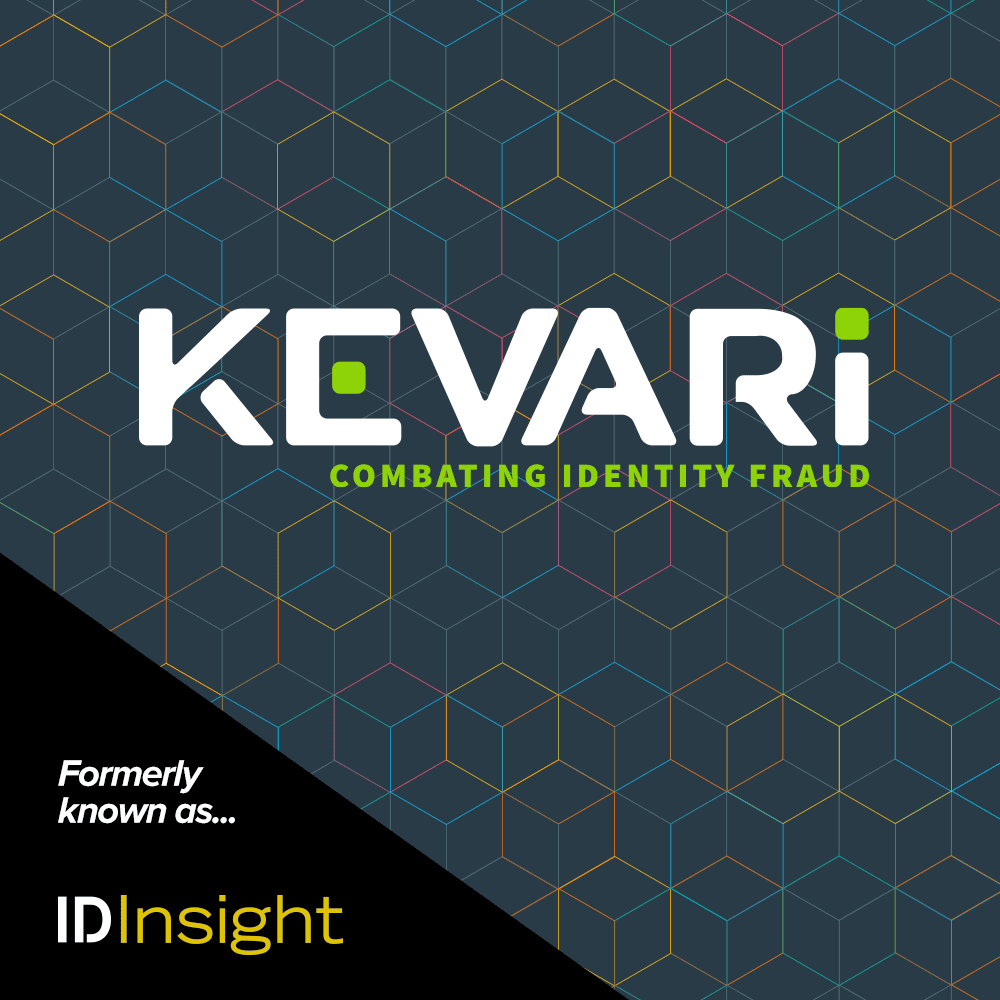With plenty of stolen data and incredible technology available on the dark web, even the greenest of criminals can fool traditional identity verification and risk-screening methods. Once they have broken down your metaphorical security gates, you had better hope your multiple layers of fraud detection solutions perform as they should. One of the first systems to be tested will be those that screen non-monetary transactions related to profile changes and new accounts.
Profile Changes > Account Takeover
To take over an existing account, the fraudster will have to disintermediate the legitimate customer from their account by changing the account’s contact information. Screening and fraud-scoring every request to change a mailing address, phone number, or email address can thwart the account takeover attempt.
Scoring algorithms should examine identity, geo-demographic, and behavioral data points to detect fraudulent customer profile changes. When examining these non-monetary transactions, it should be able to detect out-of-pattern behaviors and high-risk factors such as:
- Addresses – For example, it could be a temporary address; an address that is not currently receiving delivery; a known fraud address; or an address recently associated with several different last names.
- Phone numbers – For example, it could be a prepaid phone; a voice-over-IP line; have a significant distance between the area code of the new phone number and the area code of the old phone number; or be a recently ported phone number.
- Emails – For example, it could be first-time-seen; be disposable; have an overseas domain server; or be unable to verify as previously used in association with the account holder’s name.
Newly Opened Accounts > New-Account Fraud
If a fraudster slips by your applicant underwriting process and is granted a new account, you need to find out fast – before it can be used for nefarious purposes. Ideally, your multi-layered fraud-detection approach includes immediate screening and scoring of all new accounts.
The most effective solutions examine hundreds of data attributes to identify out-of-pattern behavior related to identities, crime dynamics, historic mobility patterns, previous fraud activity, and other risk-mitigating data sets.
Velocity indicators are important, too. A consortium of new-account inquiry data shared among many different financial institutions helps to protect your institution, uncover fraud rings, and keep criminals out of the banking system.
Finally, you must have a consortium of fraud investigators sharing their insights in real time about addresses, phone numbers, and emails that they have investigated and found to be suspected fraud.
Assess Your Vulnerabilities
The pace of new threats and schemes has increased exponentially in recent years. You need to ensure that your risk and fraud solutions are evolving just as quickly, and that you don’t have gaps where fraudsters can slip through.
Fortunately, although fraudsters have more data and tools at their disposal, Kevari out-guns them in a big way. With massive data sets, machine learning, flexible decision engines, advanced computing technologies, and two powerful consortium networks, we’re constantly protecting new and existing accounts from ever-evolving dark web threats.






